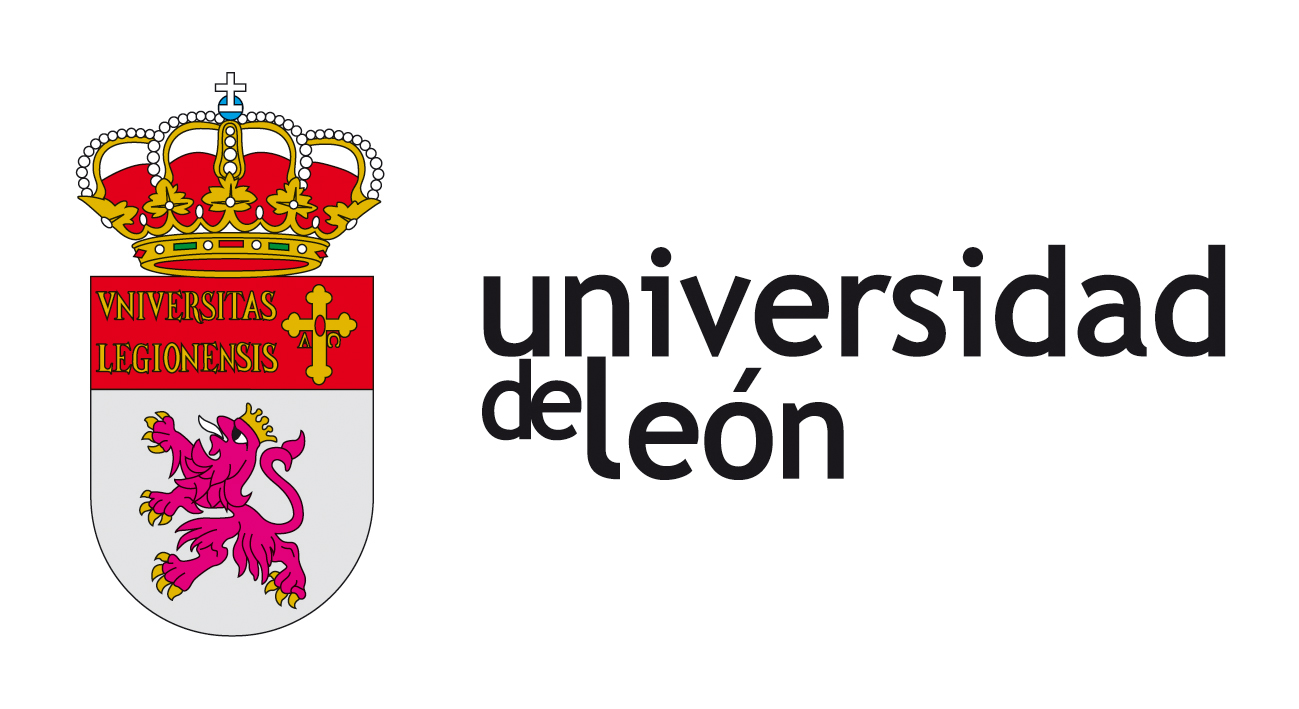Crédits
Interdisciplinary Seminar on Women's Studies at the University of León
aiblag@unileon.es
Digital ISSN: 2444-0221
DOI: 10.18002/cg
Cuestiones de Género Journal uses the Harvard style for citations and bibliographic references. In Harvard style, the in-text citation is formatted as author-date, and the bibliographic references appear at the end of the document in the form of a list ordered by author and year of publication.
This format uses the author-date citation system between the text of the document (Indirect citation: Poncela, 2011; Direct citation: Blanco García, 2021: 23) and the bibliographic references at the end of the document in the form of a list ordered by author and year of publication.
Direct quotes:
This is when the exact words of another author or of a previously published document are transcribed. The transcribed text must be in quotation marks and the reference must include the author's surname, year and page number.
E.g.: (Artiles de León, 1995: 45). Or: Artiles de León (1995: 45). If they are quotes from newspapers: (El País, 28-11-2009: 50).
Quotes of up to 4 lines will be integrated into the text indicated by double quotation marks and quotes that exceed 4 lines will be presented in a paragraph separated from the text by a line, also in double quotation marks.
Indirect quotes:
This is when the idea of another author is summarized but his/her words are not reproduced verbatim. The reference must include the author's surname and the year.
E.g.: Sexuality encompasses both biological and psychological and sociocultural characteristics (Artiles de León, 1995).
Some authors (Segura Dimaría, 2014; Feito García, 2008; Blango García, 2010) have criticized the idea that […]
Both in direct and indirect citations:
Up to 4 authors:
(Moore, Estrich, McGillis and Spelman, 1984)
More than 4 authors:
(Moore et al., 1984: 43)
To cite research found in another work:
Brown (1967), cited by Smith (1970: 27), discovered that…
It was found (Brown, 1967, cited by Smith, 1970: 28) that…
If there is no date “No date”:
Socrates (n.d.) wrote and demonstrated…
If it is an unidentified author “anonymous”:
Marketing Strategy (Anon, 1999)
If it is an oral source:
(López Díez, 30-06-2011)
If it is a printed newspaper:
(El País, 12-03-2012: 32)
If it is an online newspaper:
(El País, 12-03-2012)
The bibliography should be limited to the essential references directly related to the submitted work, avoiding extensive comments on the references mentioned.
The Final Bibliography should only include the references cited in the article. They should be listed alphabetically and include the authors' first names. When the reference has a DOI (Digital Object Identifier), it must be indicated at the end. Ensure that the links to electronic references are working correctly.
References should be presented in the following way:
Books:
Blanco, Ana Isabel (Coord.) (2002). New visions of motherhood. León: University of León.
Books (more than 4 authors):
Mohr, Laurence B. et al. (1996). Impact analysis for program evaluation. London: Sage.
When there is more than one work by the same author, cite the most recent work first:
Moragas, Miguel de (1993). Sociology of mass communication. Vol. II, Structure, functions and effects. Barcelona: Gustavo Gili.
Moragas, Miguel de (Ed.) (1986). Sociology of mass communication. Vol. I, Schools and authors. Barcelona: Gustavo Gili.
Moragas, Miguel de (1984). Theories of Communication. Research on media in America and Europe. Barcelona: Gustavo Gili.
Works by the same author in the same year:
In the case of twin references, letters must be used after the years to distinguish the works.
Leoz, Daniele (2009a). Gender stereotypes on the covers of women's youth magazines. European Masters Thesis. University of León.
Leoz, Daniele (2009b). "Women's studies in Spanish universities. The case of the Interdisciplinary Seminar on Gender Studies at the University of León". In: Extensão em Foco, 4, Jul./Dec., pp. 63-74.
Articles in collective volume:
Cebrián, Inmaculada (2000). “Women and part-time work in Spain”. In: Paula Rodríguez Madroño and Carlos Román del Río (Eds.). Women in the labor market. Málaga. Institute of Regional Development, pp. 209-232.
Journal articles:
Miguélez Lobo, Fausto (1995). “Strategies and ideologies of flexibility”. In: Meanwhile, 2 (60), pp.71-83.
If there is a volume and number, the volume and the number always come first in parentheses.
Newspaper articles:
Pérez Royo, Javier (2010). “Equality cannot wait”. In: El País, April 16, no. 11,985, p. 23.
Anonymous articles:
Newspaper name (year). “article title”, date, no., page/s.
Mundo Obrero (1978). “Divorce bill”, June 18-24, (21), page/s.
The number in parentheses.
Digital newspaper articles:
Serra, Catalina (2011). “Arco, still a female issue”. In: El País, February 20. Available at: http://cultura.elpais.com/cultura/2011/02/20/actualidad/1298156401_850215.html [03/01/2012].
Digital articles:
Serra, Inmaculada (2011). “The female prostitution market. An approach from the Valencian case”. In: Revista Política y Sociedad, 48 (1), pp. 175-192. Available at: http://revistas.ucm.es/cps/11308001/articulos/POSO1111130175A.PDF [01-04-2011].
If there is a volume and number, always put the volume first and the number in parentheses.
Digital documents:
United Nations (2005). “Results on women and gender equality”. Available at: http://www.un.org/en/development/devagenda/gender.shtml [04-06-2011].
Websites:
Feminist Collections A Quarterly of Women’s Studies Resources. Available at: http://womenst.library.wisc.edu/fcmain.htm [05-09-2002].
Oral Sources:
López Díez, Pilar [Conference], Santander, 06-30-2011.
Crédits
Interdisciplinary Seminar on Women's Studies at the University of León
aiblag@unileon.es
Digital ISSN: 2444-0221
DOI: 10.18002/cg
Contact:
Department of Psychology, Sociology and Philosophy. Education Faculty. 24071 - León - Spain. Telephone: 987291860. E-mail: cuestionesdegenero@unileon.es
Journal Director:
Ana Isabel Blanco García
Mobile: 625570546. Email: aiblag@unileon.es
e-I.S.S.N. 2444-0221 - Legal Deposit: LE-1039-2005.
Cover design: INDOS (Images copyright ©INDOS, S. L. and its licensors. All rights reserved).
Design of the logo of the ULE Interdisciplinary Seminar on Women's Studies: Teresa Serrano León.
Servicio de Publicaciones. Universidad de León.
 Edificio de Servicios Campus de Vegazana s/n E24071 – LEÓN (España)
Edificio de Servicios Campus de Vegazana s/n E24071 – LEÓN (España)
 987 29 11 66
987 29 11 66
 987 29 19 36
987 29 19 36
 publicaciones@unileon.es
publicaciones@unileon.es


